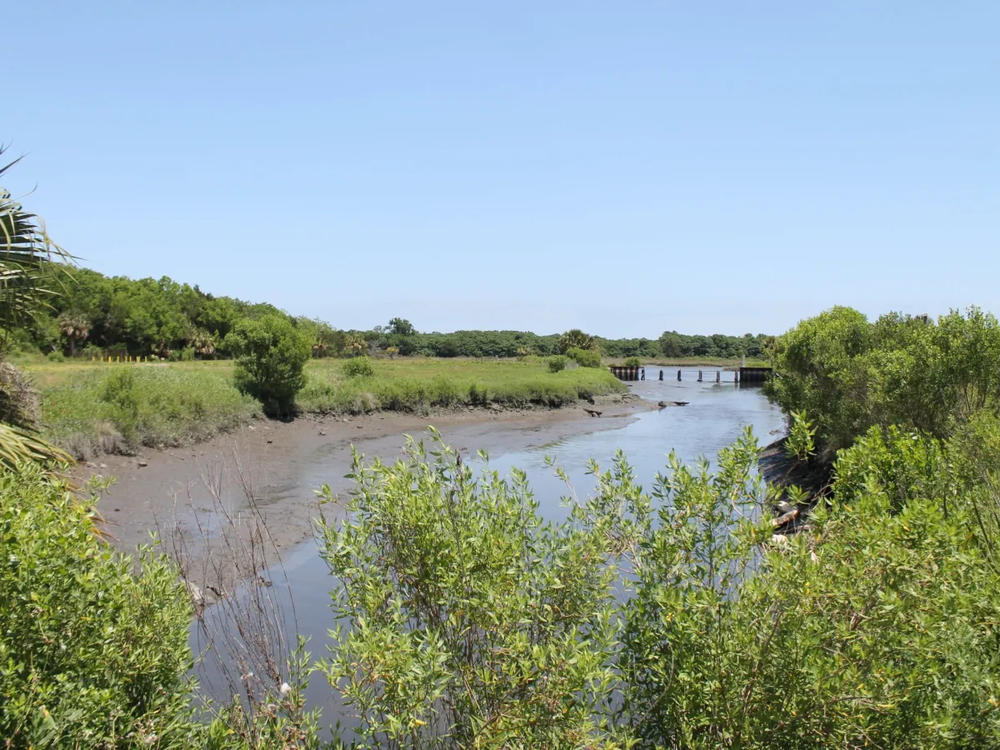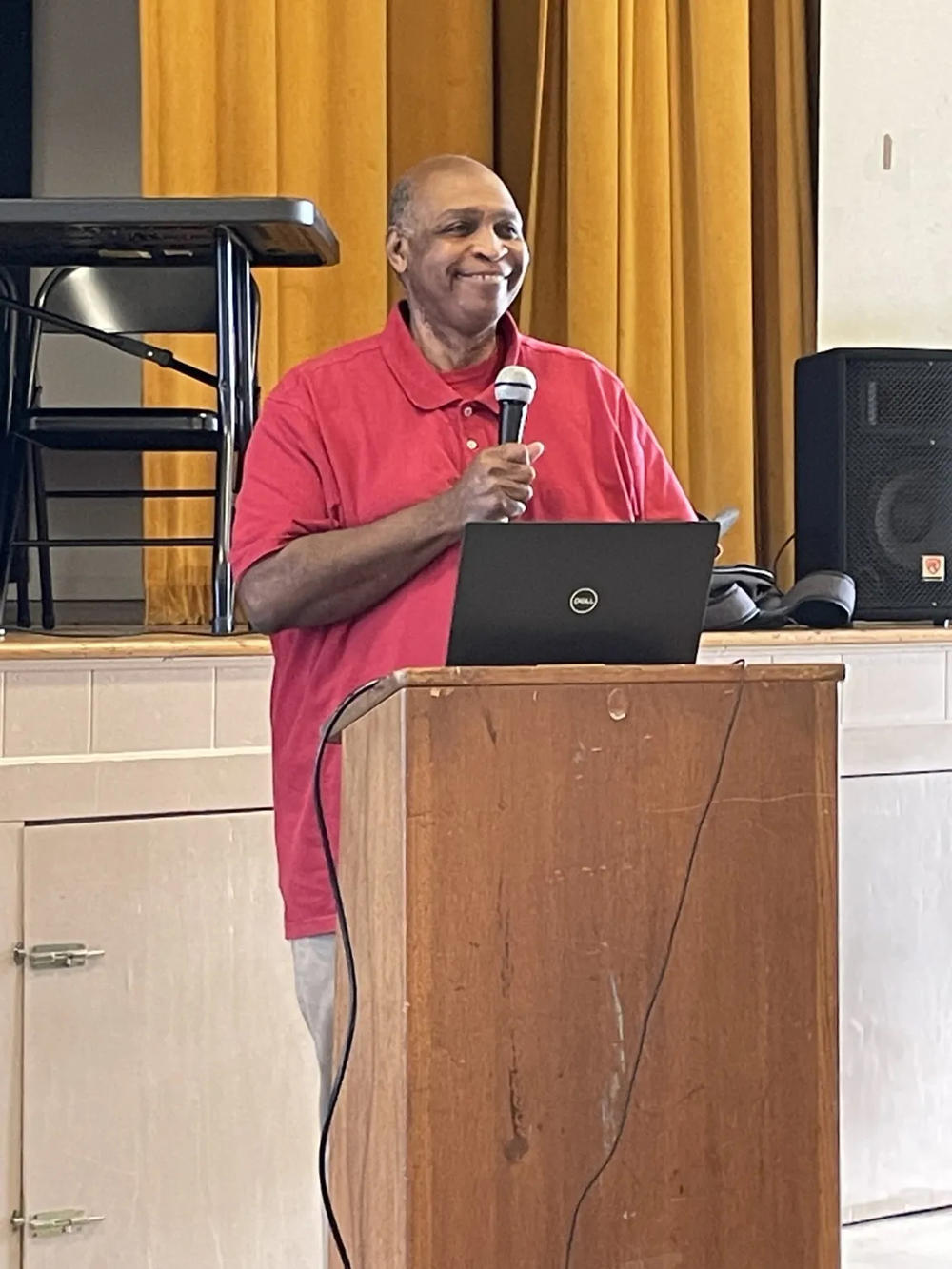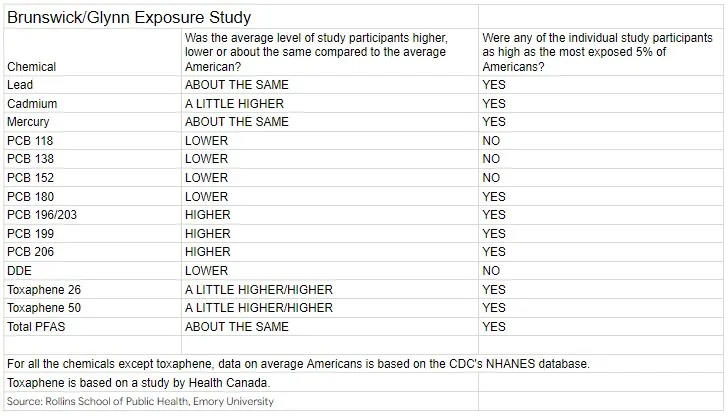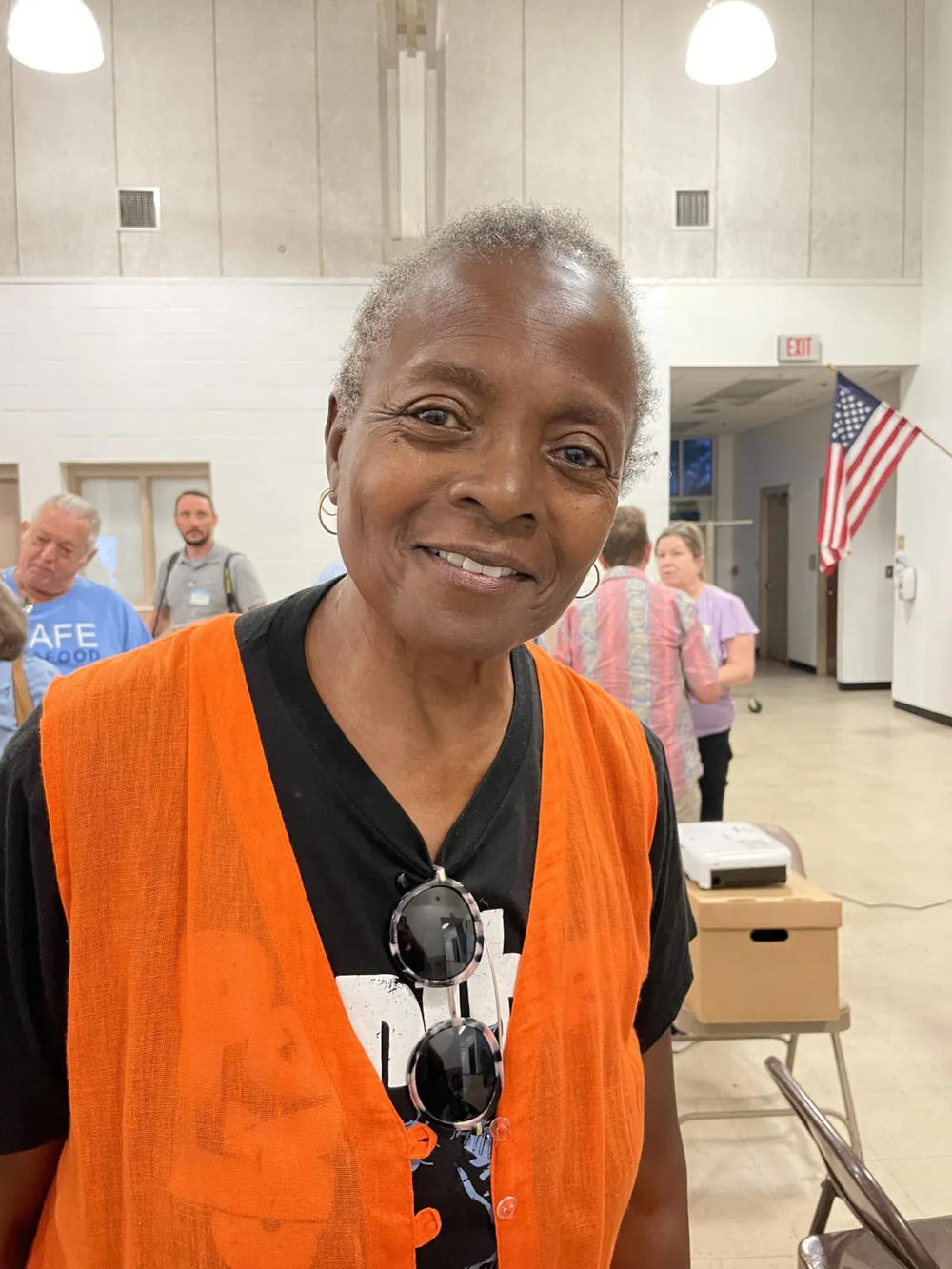
Caption
The Hercules Outfall ditch is actually a natural creek that flows from the Brunswick Plant, beneath a box culvert under Ga. Highway 17, and out to the Terry Creek Superfund site. It is at the center of upcoming remediation efforts.
Credit: The Current






